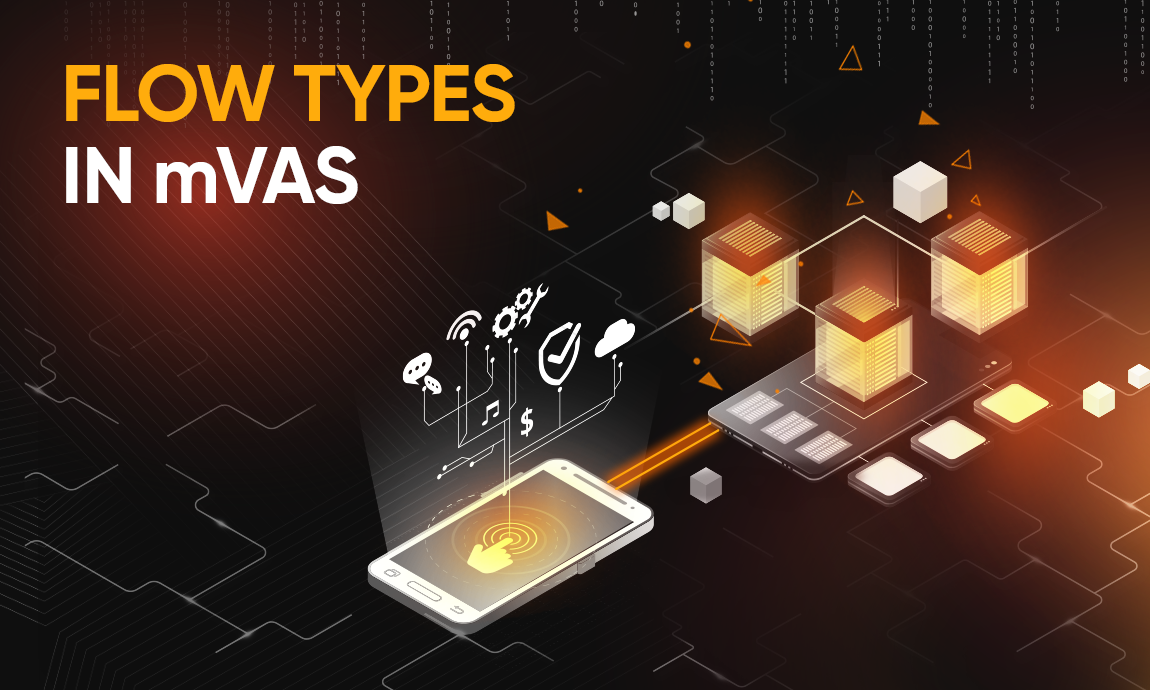
Flow classification in mVAS vertical
Are you an affiliate manager who is interested in the VAS vertical? Even if you know a thing or two about mVAS, the field has its intricacies that might drive a beginner crazy.
In our series of educational articles, we cover everything mVAS-related, from the advantages of mVAS to the conversion flows in the vertical, which we’ll discuss today. It’s crucial to understand what path a user takes from seeing an ad to subscribing to the offer so that you can convert more — and more efficiently.
Before we move on to the flows themselves, let’s talk about the technology that is responsible for transactions and flows in mVAS in the first place.
DCB: What is it, and why does mVAS depend on it?

DCB states for Direct Carrier Billing. This is a mobile payment method that lets users make purchases with their mobile phone bills, meaning a subscription or a service is paid for with the money account on their SIM card, not a credit card, PayPal, Apple Pay, Google Pay, or other contemporary payment methods.
mVAS, or Mobile Value Added Services, is the field or vertical that offers a user myriads of mobile entertainment. It wouldn’t be out there without DCB at its core since all the mVAS offers are purchased with this payment method.
As mobile phones evolved, so did the DCB method and mVAS offers. No one downloads ringtones anymore, but today, DCB allows you to pay for watching movies online, receiving a daily horoscope, gaming, and so much more.
Introduction to conversion flows
DCB is not a simple, one-way payment method. Within it, there are several different flows or user paths. Confused? Let’s break down the term and origins of flows.
What exactly is a flow?
A flow, also called a conversion flow, is a way in which a user becomes a subscriber of a mobile entertainment service. In other words, a flow is an exact path a user takes to pay for a mVAS offer and receive the service. There are several types of flows:
- 1 click flow
- 2 click flow
- Prefilled PIN submit (Header Enrichment PIN submit)
- PIN submit (Wi-Fi)
- MT/MO (Click2SMS, Premium SMS)
- USSD
We’ll discuss them in detail later in this article.
History of flows
There is no univocal opinion on the origin of the term flow itself, but many associate flow variability with subscription models in email marketing, called single opt-in and double opt-in.
Opt-in is the process of signing up for email newsletters from a company that a user is interested in. When they click that ‘subscribe’ button, they opt in to receive email marketing efforts. Two ways are used to add a user to a company’s mailing list.

Single opt-in is a method that lets a user subscribe to a newsletter by simply adding their email address to a form on a website. As soon as they click ‘subscribe,’ their email address is added to the mailing list.
The advantage of the method is that the process is easy, and the user doesn’t need to confirm anything. Its disadvantage is that a user might accidentally have a typo when they leave their email address, meaning they won’t receive anything in the end.
Double opt-in is a slightly more complicated subscription method. Once a user submits their email via a website form, they receive a confirmation email, usually with a link they need to click on to verify their decision to follow a company’s updates.
The pros of double opt-in are 100% correct and working email addresses (since a user needs to confirm their subscription). In turn, the cons are that a user might forget to confirm a subscription to your newsletter, especially if there is any sort of delay in receiving a message or your email gets into spam.
Types of flows in mVAS
Let’s dive deeper into the differences between flow types.
1 click flow
The easiest and the quickest flow type from a user’s perspective, 1 click flow offers to subscribe to a service by simply clicking on a banner, landing page, or a CTA (call to action). There is no second screen with a confirmation, so the flow is called 1 click. After a user interacts with the CTA, they receive a confirmation notification, and their subscription starts immediately.
Most often, 1 click flow is used in Tier 3 countries since there are more strict content regulations in Tier 2 and Tier 1 countries. 1 click is popular in African countries where the competition is lower, traffic is cheaper, and the conversion rate is high.
Here’s an example of an offer you can try and launch right now!
| Name | GEO | Vertical | Flow |
Rate |
| AntiHEIST | IQ | Download | 1сlick |
0.48$ |
2 click flow
2 click flow works similarly to 1 click flow but requires more consent from a user. After they click on a banner or CTA, they are transferred to another landing page where they are asked whether they want to subscribe to an offer or not. Another way this flow works is that a user needs to click the button ‘agree’ before they are transferred to a CTA.
Just like 1 click flow, 2 click flow is prevalent in African countries, except for Kenya which we’ll explain later in the section. Although 2 click flow is slightly more complicated than 1 click flow, the former is still relatively easy compared to other conversion flows.
Here’s an example of an offer you can try and launch right now!
| Name | GEO | Vertical | Flow | Rate |
| PlayPuffs | ET | Games | 2click | 0.16$ |
Prefilled PIN submit (Header Enrichment PIN submit)
Known as PIN submit, PIN submit + HE, or Header Enrichment PIN submit, this flow type is trendy in MENA countries. MENA, an acronym for the Middle East and North Africa, includes places like the United Arab Emirates, Yemen, Qatar, Egypt, Algeria, etc.
When a user clicks on a button or CTA, they are transferred to a page where their phone number is already detected, which is why the flow is called prefilled PIN submit. This usually happens if a person searches the web using 3G/4G connection. They need to click on a button to receive an SMS with a code or a PIN, consisting of 4-6 digits. After that, they need to paste the PIN to the landing page.
Here’s an example of an offer you can try and launch right now!
| Name | GEO | Vertical | Flow | Rate |
| Streaming | ID | Video | HE+PIN | 0.24$ |
PIN submit (Wi-Fi)
This flow is almost precisely the same as the HE PIN submit. However, it takes more action from a user. After they click on a banner and get to the lander, they need to fill out their number to the dedicated form or section. They receive an SMS to their number, go back to the browser, and type or paste the PIN.
The phone number might not be detected in the first place because a user uses Wi-FI for scrolling through the web pages. Just like the previous type of PIN submit, Wi-Fi PIN submit is heavily used in MENA countries.
Here’s an example of an offer you can try and launch right now!
| Name | GEO | Vertical | Flow | Rate |
| FunboxID | BD | Games | PIN | By request |
Premium SMS (Click2SMS, MT/MO)
Premium SMS, supported by Click2SMS technology, is quite a complicated flow for users. Once they stumble upon an offer and click on the call to action, they’re taken to their default messages app. There, an SMS is already prefilled with the content and number. All the user needs to do is click ‘send,’ and after that, they’re subscribed to the service.
You might come across two notions when you search for Premium SMS flow, MO and MT. MO, which states for Mobile Originated, is a flow when an SMS is sent to a website, app, or platform from a mobile phone. MT, which stands for Mobile Terminated, is a flow when a message is sent from an SMS gateway to a mobile phone. For example, SMS marketing efforts are MT.
Premium SMS flow is used in Asian countries and Eastern Europe. In Western Europe, where the mVAS vertical is not so popular, a user needs to send a MO message manually, without a prefilled text and number.
Here’s an example of an offer you can try and launch right now!
| Name | GEO | Vertical | Flow | Rate |
| Antivirus | BG | Download | Click2SMS | 0.56$ |
USSD
USSD is the most unique and unconventional conversion flow among all of them. Although it is present in a couple of other countries, the major place where the USSD flow is used is Kenya. Safaricom, the largest local mobile carrier, heavily relies on this flow type. USSD is a universal flow type in Kenya, and other flow types are absent.
This flow type works this way. When a user sees an ad and clicks on it, they are transferred to a lander where they see a digital panel with numbers and need to confirm their subscription by clicking on a specific digit. The instructions on which digits to click for ‘yes’ or ‘no’ are written at the top of the landing page.
Here’s an example of an offer you can try and launch right now!
| Name | GEO | Vertical | Flow |
Rate |
| KE | Download | USSD |
0.84$ |
Best Flow?
There is no definite answer to the question what flow type is the best one. You can’t tell with 100% certainty what type of flow is the ultimate winner and the easiest to work with. Everything depends on your skills and preferences. As a piece of general advice, we would recommend sticking to the formats you’re comfortable working with and the flows you are an expert at.
Sure, 1 click and 2 click flows are more straightforward in terms of the user journey: potential customers take fewer steps to subscribe to an offer, which means the conversion rate is higher. However, since there’s a chance that a user subscribes accidentally, such conversions cost less for a webmaster or media buyer. On the contrary, flows connected to Click2SMS technology and PIN submits are more tricky and complicated from a user’s perspective, so there are fewer conversions, but the payout for an affiliate manager is higher.
Many beginners don’t understand that the amount of money you will earn doesn’t fully depend on conversions. The conversion rate might be high but it doesn’t mean that you’ll receive tons of money since the payout is low. Two more representative metrics are eCPM (effective cost-per-mile) and eCPC (enhanced cost-per-click), which show the real payout for a thousand clicks. You might earn more with a flow with the moderate conversion rate as the payout for each conversion rate would be pretty high.
To sum it up
In short, there are many factors that influence your real revenue. Our advice is to find your niche in the mVAS vertical. You need to understand the ad formats, GEO features, and the conversion path to make your campaigns efficient. Do what you do best, and remember to try a different flow if your conversions and payouts do not satisfy you. There is always room for growth as an affiliate manager, publisher, or media buyer.
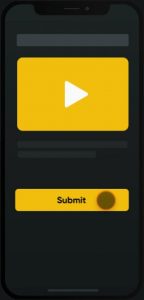
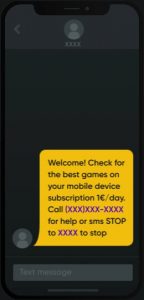

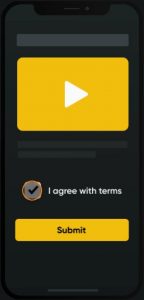

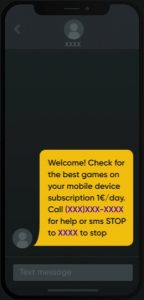
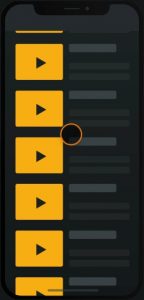
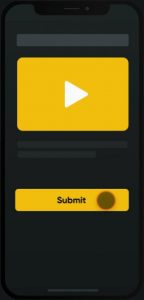

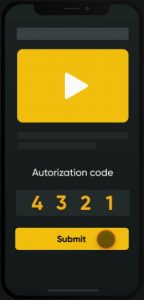

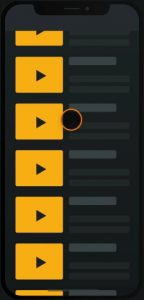
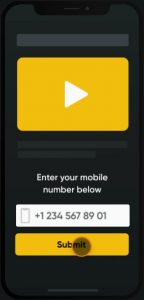

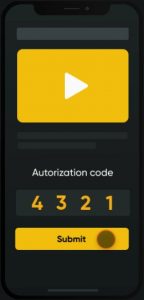
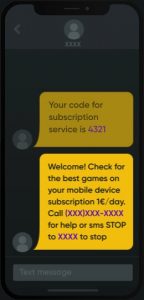
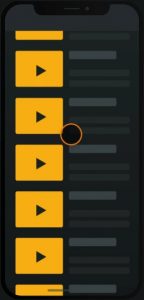



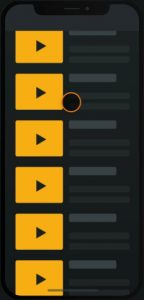
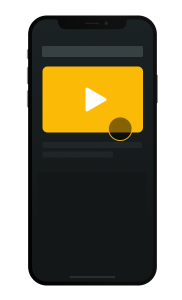
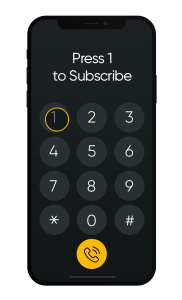
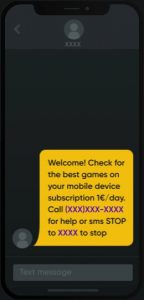
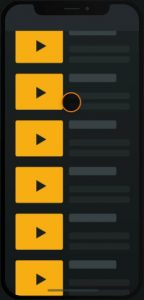


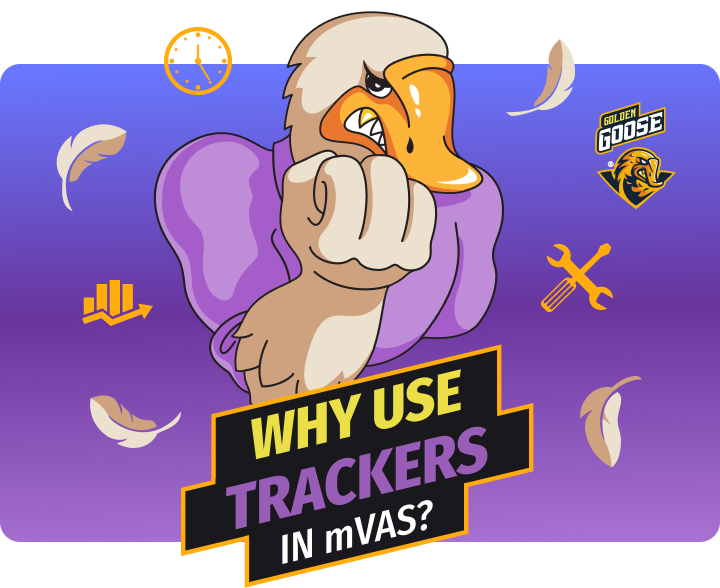




 Searching...
Searching...